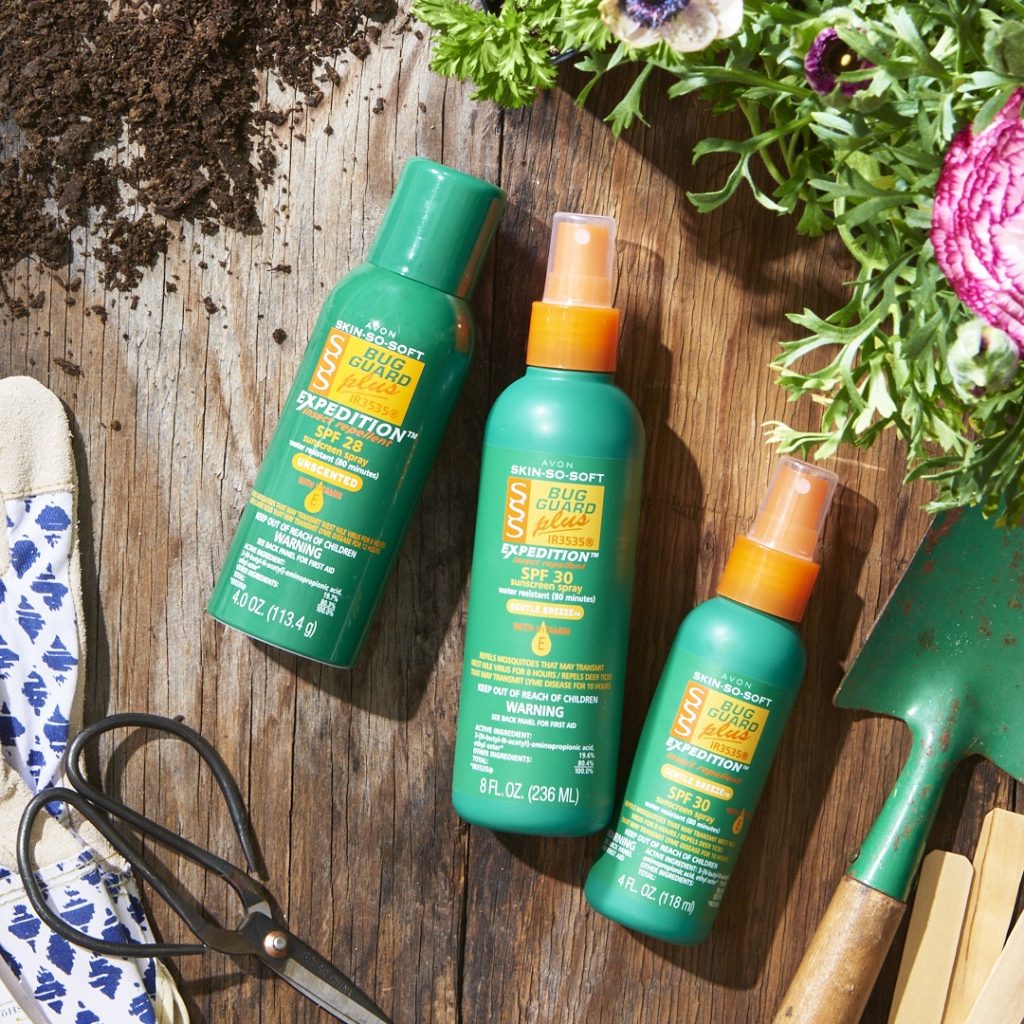Not all bug repellents are created equal. Staring at all the different choices can sometimes be confusing, am I right? With all the different repelling agents out there (each with a fancy scientific name), how does one choose a product that is right for their specific needs?
Not to worry- I got you! In this article, I’ve put together a brief comparison of the different types of insect repellents, as well as some helpful info about our popular Bug Guard products. Let’s dive in!
Common Repelling Agents
DEET – this chemical is one of the most commonly used repelling agents in bug sprays. It works by creating a smell that insects don’t like. Although the EPA and other organizations insist that DEET is safe when used as directed, the adverse reactions that it sometimes causes are enough for many people to seek safer alternatives. Rare cases of skin/eye irritation, neurological damage, seizures, and even death have been reported. Because of such concerns, all the products listed in this article are DEET-free.
Picaridin – This chemical works to repel insects by making it harder for them to find/sense you with their olfactory receptors. It is considered safer than DEET, even though studies have shown it is equally effective at repelling insects. Picaridin also evaporates from the skin more slowly than other repelling agents, which means it generally lasts much longer.
IR3535 – This chemical is overall very effective (especially for ticks), although it is slightly less effective than the others at repelling certain mosquitos. No serious health risks have been reported, but people are advised to keep IR3535 away from eyes to avoid irritation. Generally, it is considered a safe and effective choice for repelling insects.
About the Bug Guard line
A subset of the popular Skin So Soft line of skincare products, Bug Guard is America’s #1 Deet-Free repellant*. Each product works to repel mosquitoes, deer ticks, black flies, sand flies, gnats, no-seeums, biting midges, mosquitos that may transmit West Nile Virus, and deer ticks that may transmit Lyme Disease. Not only that, but some of the products offered include other benefits such as sun protection. There is something for everyone, depending on your individual needs!

As with any insect repellent, make sure to ask a doctor before using it on children under 6 months of age. For older children and adults, the choice is yours! Let’s take a look at the different types of Bug Guard.
Bug Guard Plus IR3535® Expedition™ SPF 30

Key ingredient(s): IR3535
Purpose(s): insect repellent and SPF
Recommended for: Daytime when the sun is shining
Pros
- Provides effective protection against the insects listed above
- DEET-free
- Dermatologist tested
- Hypoallergenic
Cons
- Must reapply after towel drying, swimming or sweating
- children under 10 need an adult’s help to apply
Reapply:
- after 8 hours for mosquitoes, gnats, no-seeums, sand flies and biting midges
- after 6 hours for deer ticks
- after 3 hours for black flies
- Do not exceed 4 applications per day
- Meet the k-beauty single shade eyeshadows joining the avon catalog
- What to know about the Matte version of Avon’s primary Lipstick line
- The full scoop on Avon’s multi-peptide primer blurring the lines between makeup and skincare
- Discovering the new Avon cream concealer with skincare-enhanced coverage
Bug Guard Plus Picaridin

Purpose(s): Insect repellent
Key ingredient(s): Picaridin
Recommended for: Dawn and dusk, when bugs are most active
Pros
- Provides effective protection against the insects listed above
- DEET-free
- Dermatologist tested
- Oil-free
Cons
- Needs to be washed off when coming in from the outdoors
- Can not be applied on cuts, wounds, freshly shaved, excessively sunburned, or irritated skin
Reapply:
- after 8 hours for mosquitoes
- after 6 hours for gnats, no-seeums, sand flies and biting midges
- after 3 hours for black flies
- Do not exceed 2 applications per day
Bug Guard Plus IR3535®

Purpose(s): Insect repellent, SPF, and moisturization
Key ingredient(s): IR3535, Vitamin E, and Aloe
Recommended for: When you need something water-resistant
Pros
- Provides effective protection against the insects listed above
- Provides SPF 30 protection
- PABA-free and DEET-free
- Non-greasy
Cons
- Does not last quite as long as other Bug Guard products
Reapply:
- about every 2 hours or sooner if effectiveness diminishes
- after 80 minutes in the water or after excessive perspiration or prolonged activity
- Do not exceed nine applications per day
Well, there you have it! I hope this article helped you make a decision. If you have any other questions, please don’t hesitate to drop it in the comments below!
Sources
*Source: Nielsen Q1 through Q3 2017.
http://npic.orst.edu/factsheets/PicaridinGen.html
https://www.washingtonpost.com/national/health-science/chemical-based-insect-repellents-work-but-you-may-want-to-try-safer-alternatives/2014/06/23/e676875c-d789-11e3-95d3-3bcd77cd4e11_story.html?noredirect=on&utm_term=.d48923736da6
https://www.bbc.com/news/science-environment-21519998
http://npic.orst.edu/factsheets/DEETgen.html
http://insectlopedia.com/why-all-of-the-buzz-about-picaridin/
https://www.picaridin.info/ir3535.htm
https://www.medicaldaily.com/four-best-bug-repellents-deet-ir3535-picaridin-oil-lemon-eucalyptus-most-effective-says-ewg-247785